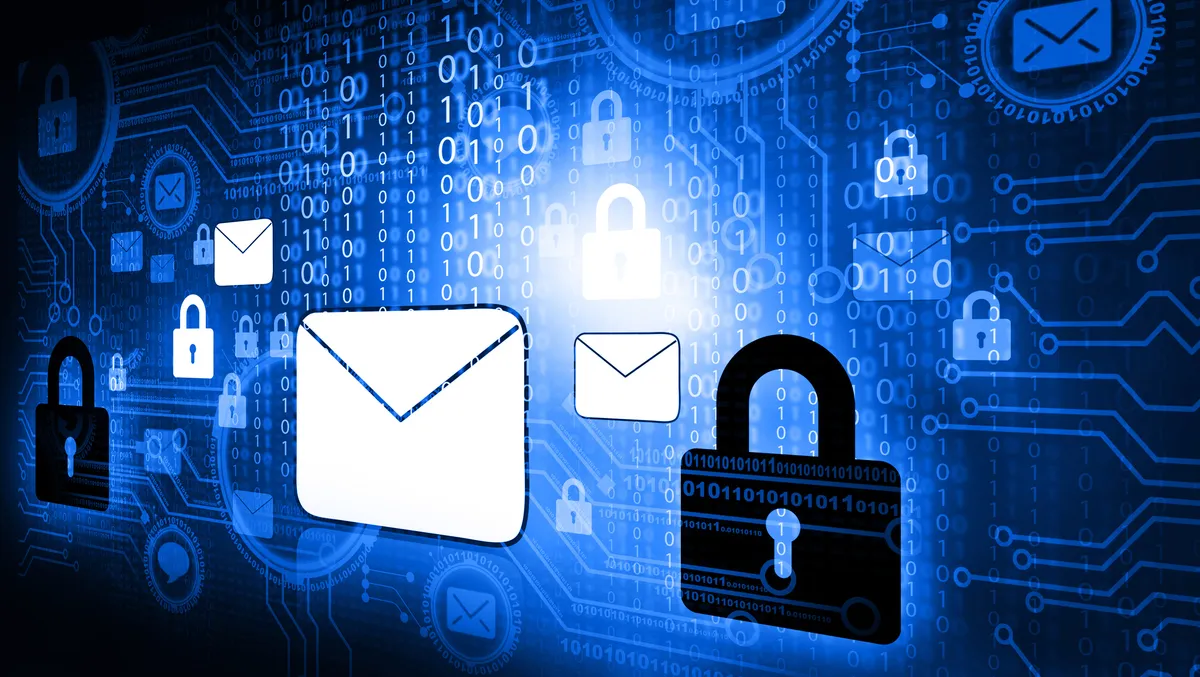What is phishing in cyber security? 2025

Phishing Exposed: Threats and Countermeasures in Cyber Security
Imagine you get an email that looks like it’s from your bank. It tells you to click a link and check your account details. Unfortunately, this email is a trick called phishing. If you fall for it, your private information could end up in the wrong hands. Phishing attacks are getting smarter. They trick people, companies, and even the government. So, What is phishing in cyber security? And more importantly, how can we stay safe from these tricks?

Key Takeaways:
- Phishing attacks are a big problem in cyber security.
- It’s essential to know what phishing is and how it works to protect yourself.
- Spotting a phishing email early and using prevention methods can reduce harm.
- Being aware of cyber security and undergoing training is crucial.
- Keeping up with new phishing methods and guidelines helps create a safer environment.
Types of Phishing and Phishing Techniques
In this section, we’ll dive into different types of phishing scams. We’ll look at how cybercriminals trick people into giving up their info. By learning about these scams, we can protect ourselves better.
Read more: Different Types of Cyber Security: A Comprehensive Guide
Social Engineering Phishing
Social engineering phishing is prevalent. Scammers use emotions like fear or trust to trick people. They might act like a bank or a friend. Then, they get people to share their private info or do things that help them. For example, a scammer might send an email about a bank problem. They ask the victim to click a link and enter their account details. This gives the scammer access to the victim’s bank account.
Phishing via Malicious Attachments
Another trick is sending emails with bad attachments. These attachments have viruses or malware. The scammer can get your info or control your device if you open it. For instance, an email might look like a real invoice from a well-known company. But when you open it, it installs malware to steal your info.
Clone Phishing
Clone phishing makes fake copies of real emails or websites. These fakes seem just like the real thing. But small changes or additions make the victim give away their private info. Imagine a scammer copies a bank’s website but changes the login page slightly. When you log in, they can access your account.
Pharming
Pharming is a tricky phishing method. It tricks users into fake websites unknowingly. By messing with DNS systems, attackers can lead users to fake websites but make them look real. For example, someone tries to visit their bank’s site and ends up on a fake one that looks real. They give away their info, thinking it’s safe. To avoid falling for phishing, always be careful with emails and attachments. Use security tools like email filters and two-factor authentication. Also, keep your software updated to stay safe.

Recognizing and Preventing Phishing
Learning to prevent phishing attacks is key today. It’s vital in our digital world. By spotting phishing emails and having training, both people and groups can stay safer.
Signs of a Phishing Email
Phishing emails have key clues to help you avoid scams. Signs like generic greetings, poor spelling, or asking for personal info are common. Be wary of any emails that seem urgent or have strange links. These clues should make you alert, especially with emails from unknown sources.

Phishing Awareness Training
Training to fight phishing is effective. It teaches about cybercriminal tactics and how to notice phishing. This includes practicing with fake phishing emails and interactive lessons. Such training sharpens your ability to spot bad emails and take action. It makes you proactive against phishing threats.
Protecting Against Phishing Threats
Staying safe from phishing means being aware and taking steps. Here are some tips:
- Always check the sender before sharing personal info.
- Hover over the links to see where they go.
- Never open attachments from people you don’t know.
- Keep your software updated for better security.
- Use multi-factor authentication for stronger logins.
These steps can cut your risk of being tricked by phishing. They protect your info.
| Preventive Measures | Effectiveness |
|---|---|
| Verify email authenticity | High |
| Hover over links | Medium |
| Avoid unknown attachments | High |
| Keep software up to date | High |
| Enable multi-factor authentication | High |
Combining these strategies makes you stronger against phishing. It helps make the online world safer for everyone.
Phishing Prevention Techniques and Cyber Security Best Practices
Phishing attacks are a big worry for people and groups today. Staying safe means being proactive and knowing the best ways to protect your data. You can lower your risk of being tricked by scams by being savvy about phishing and cyber security.
The Importance of Phishing Prevention Techniques
Stopping phishing attacks is key to staying safe from cybercriminals. These tactics help prevent phishing and teach people about attack strategies. When you’re alert and use these methods, you make it harder for scammers to get your personal or organizational info.
Cyber Security Awareness: A Key Component
Recognizing phishing scams starts with understanding cyber security. It’s crucial in preventing attacks. Teaching people to spot phishing signs, like fake emails or asking for secrets, is important. Regular learning programs help keep everyone up-to-date. With this knowledge, fighting back against phishing gets easier. It’s not just for individuals; companies also benefit. When everyone knows how to protect their data, they help secure their organization too.
Best Practices for Avoiding Phishing Scams
Using the best approaches can protect you from phishing. Here’s what you can do to stay safe online:
- Be careful with emails that want personal information or quick actions.
- Check emails to see if they’re real by verifying with known contacts.
- Avoid clicking on strange links or downloading unknown files.
- Always update your software to have the latest security features.
- Use multi-factor authentication for more security.
- Back up your data often to reduce any damage from a scam.
Staying safe from phishing combines knowledge, awareness, and good security habits. Knowing how to prevent these attacks helps lower the risk of being a victim. Keep learning about phishing and cyber security to protect your data better.
Conclusion
Phishing is a big problem for our online safety. Everyone needs to know about it so we can stay safe. This article showed us different phishing attacks, how they work, and ways to avoid them. Recognizing and stopping these attacks is key. It’s crucial to keep up to date on new phishing methods. Also, promoting a culture of cyber security awareness is important. Stay alert and follow good habits like updating your security software. Be careful with emails that seem fishy.
Remember, we all help in making the internet safer. Being informed, using the internet wisely, and having strong security help a lot. Together, we can make cyberspace a more secure place for everyone.
FAQ
What is phishing in cyber security?
Phishing is a type of attack on cyber security. It tricks people into giving out private info. This includes passwords, credit card numbers, or personal details. The attacks can look like they’re from a real company.
What are some common types of phishing attacks?
Many types of phishing attacks exist. They aim for different groups. Spear phishing targets specific people. Whaling goes after important individuals, like CEOs. There’s also pharming, which steers you to fake websites. Phishing uses text messages to trick you.
How can I recognize a phishing email?
Spotting a phishing email involves looking for red flags. Watch for generic greetings and poor spelling. Be cautious of emails that ask for urgent details. They might have strange links or come from the wrong email.
Why is phishing awareness training important?
Knowing about phishing through training is key. It teaches you the risks and how to spot attacks. This helps you avoid being scammed. Such training also boosts awareness of cyber security. It encourages good habits to stop these threats.
What are some phishing prevention techniques and best practices?
There are many ways to avoid falling for phishing. Don’t click on strange links or download files from unknown sources. Update your tech and use strong passwords. Also, turn on multi-factor authentication and stay up to date on the latest scams.


